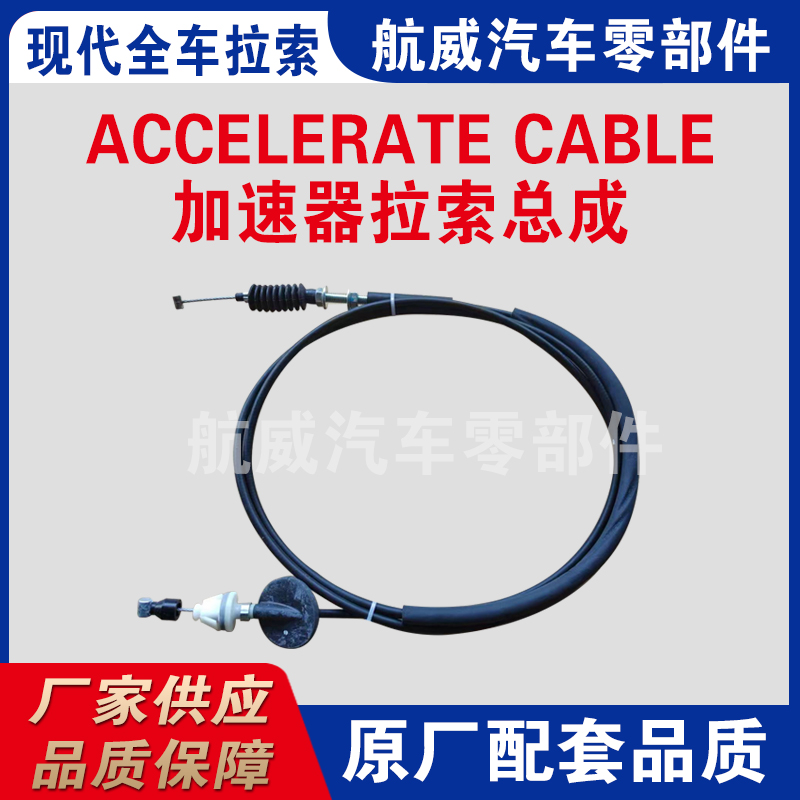Understanding Gas Pedals and Throttle Cables in Modern Vehicles
Understanding the Gas Pedal and Throttle Cable Key Components in Vehicle Performance
The gas pedal and throttle cable are integral components of modern vehicles, playing a crucial role in how cars respond to driver inputs
. Understanding how these parts work together provides insight into vehicle performance, driving dynamics, and the overall experience behind the wheel.At the heart of the driving experience lies the gas pedal, a control mechanism that allows the driver to manipulate engine power and speed. Typically located on the right side of the driver’s footwell, the gas pedal is designed to be responsive, allowing for precise control over acceleration. When the driver presses down on the pedal, a signal is sent to the engine, prompting it to increase power output. This interaction is fundamental to how a vehicle accelerates and decelerates.
Historically, vehicles relied on mechanical systems to link the gas pedal to the engine. This was often accomplished through a throttle cable, a physical connection that communicated the position of the gas pedal to the throttle body on the engine. When the driver pressed the gas pedal, the throttle cable would pull on a lever connected to the throttle body, allowing more air-fuel mixture into the engine, thus increasing power output. This mechanical linkage was simple and effective, allowing for direct feedback that many driving enthusiasts appreciate.
However, advancements in automotive technology have led to the introduction of electronic throttle control (ETC) systems, commonly known as drive-by-wire. In modern vehicles equipped with ETC, the traditional throttle cable has largely been replaced by electronic sensors. When the driver presses the gas pedal, the position is detected by a sensor that sends a signal to the engine control unit (ECU). The ECU processes this input and adjusts the throttle opening accordingly. This system offers several advantages, including improved fuel efficiency, smoother acceleration, and enhanced control over engine dynamics.
gas pedal and throttle cable

One of the key benefits of electronic throttle control is its ability to integrate with other vehicle systems. For example, the ECU can adjust throttle response based on various factors such as vehicle speed, engine load, and even the performance of stability control systems. This allows for a more refined driving experience, as the vehicle can optimize power delivery in real time. Additionally, drive-by-wire systems can incorporate safety features, such as limiting throttle response in slippery conditions or during abrupt maneuvers.
Despite the benefits of electronic systems, some driving enthusiasts prefer the feel of a traditional gas pedal and throttle cable. The direct mechanical connection provides immediate feedback, which can enhance the driving experience, especially in performance-oriented vehicles. As a result, many sports cars and classic vehicles still utilize cable-operated throttle systems, allowing drivers to feel more connected to the machine.
Maintenance of the gas pedal and throttle system, whether mechanical or electronic, is essential for ensuring optimal vehicle performance. Over time, throttle cables can wear out, fray, or become stiff, leading to reduced responsiveness and potential safety hazards. Regular inspections can help identify these issues before they become problematic. For electronic systems, while they may require less physical maintenance, ensuring that software updates and sensor calibrations are conducted is crucial for optimal performance.
In conclusion, the gas pedal and throttle cable (or its electronic counterpart) are vital components in a vehicle's performance and driving dynamics. The evolution from mechanical to electronic systems has brought numerous benefits in terms of efficiency and control, yet the tactile feel of a traditional throttle cable continues to attract enthusiasts. Understanding these components and their interactions not only enriches one’s appreciation of automotive mechanics but also enhances the overall driving experience. Whether navigating through urban traffic or exploring winding country roads, the gas pedal and throttle system remain essential to the joy of driving.
-
Upgrade Your Control with Premium Throttle CablesNewsAug.08,2025
-
Stay in Control with Premium Hand Brake CablesNewsAug.08,2025
-
Experience Unmatched Performance with Our Clutch HosesNewsAug.08,2025
-
Ensure Safety and Reliability with Premium Handbrake CablesNewsAug.08,2025
-
Enhance Your Vehicle with High-Performance Clutch LinesNewsAug.08,2025
-
Elevate Your Ride with Premium Gear CablesNewsAug.08,2025
